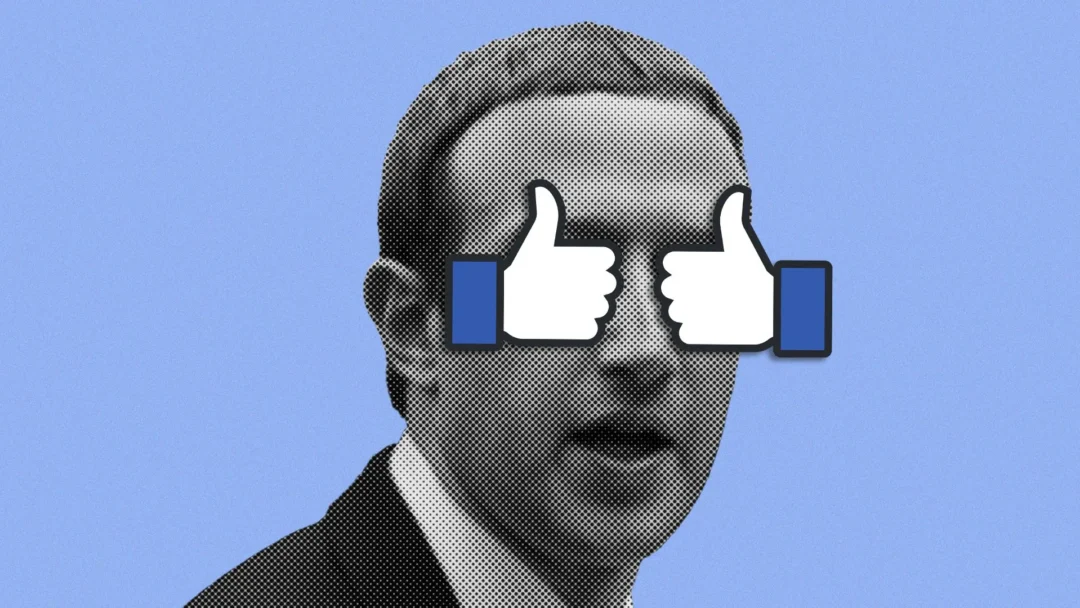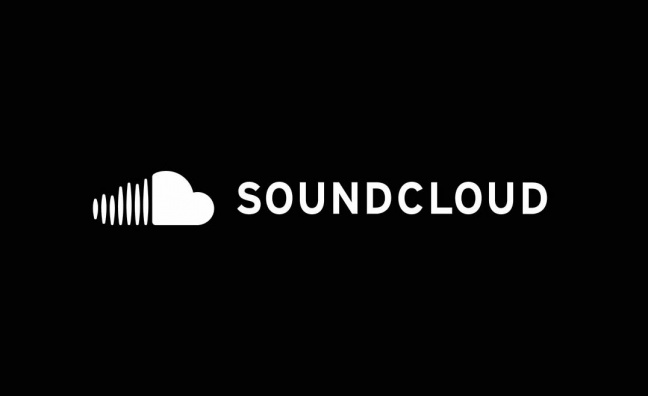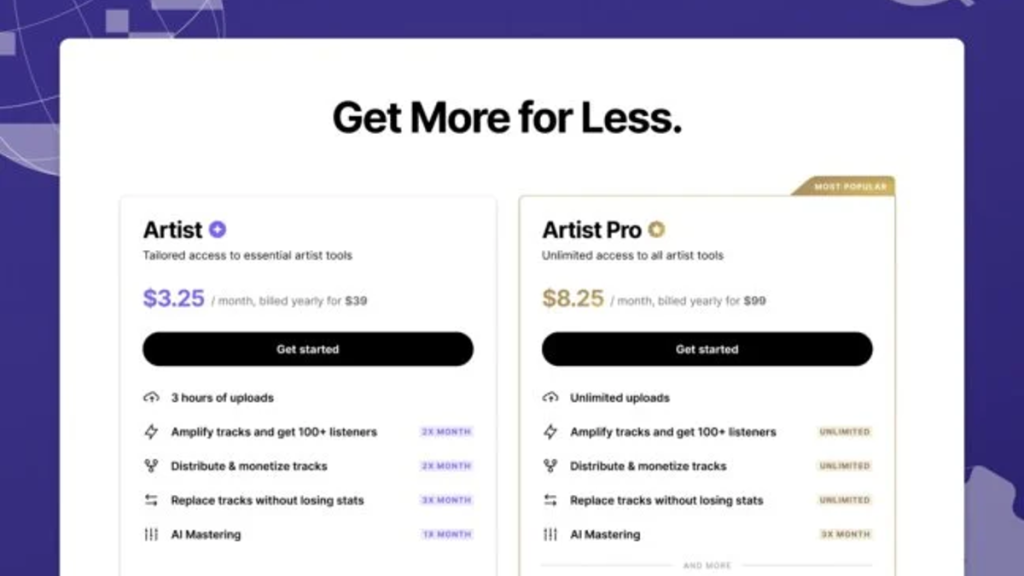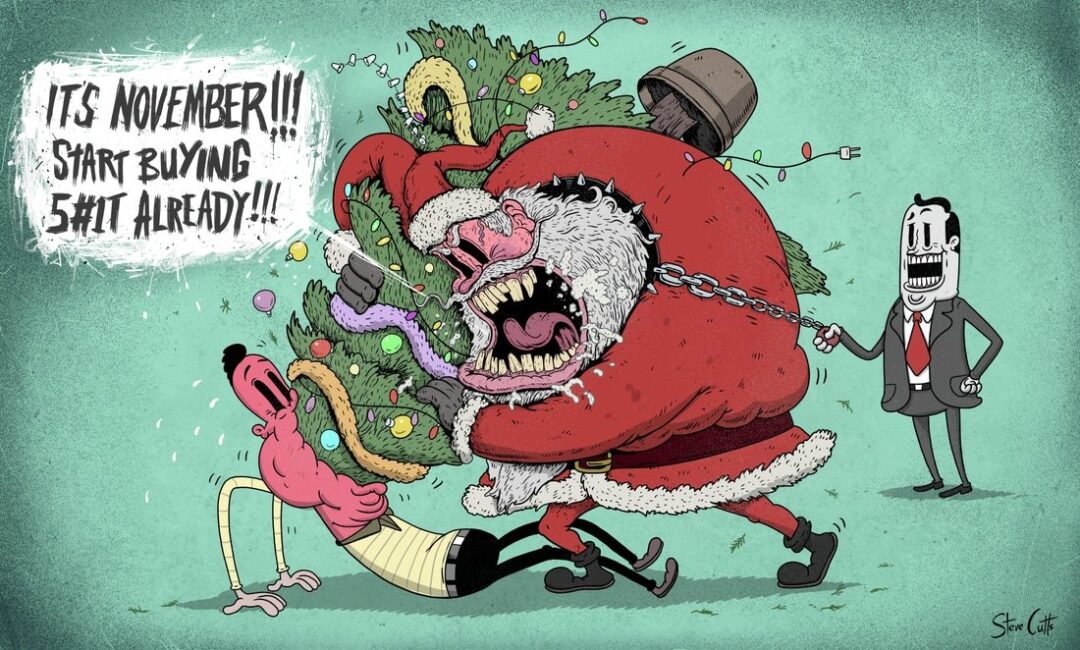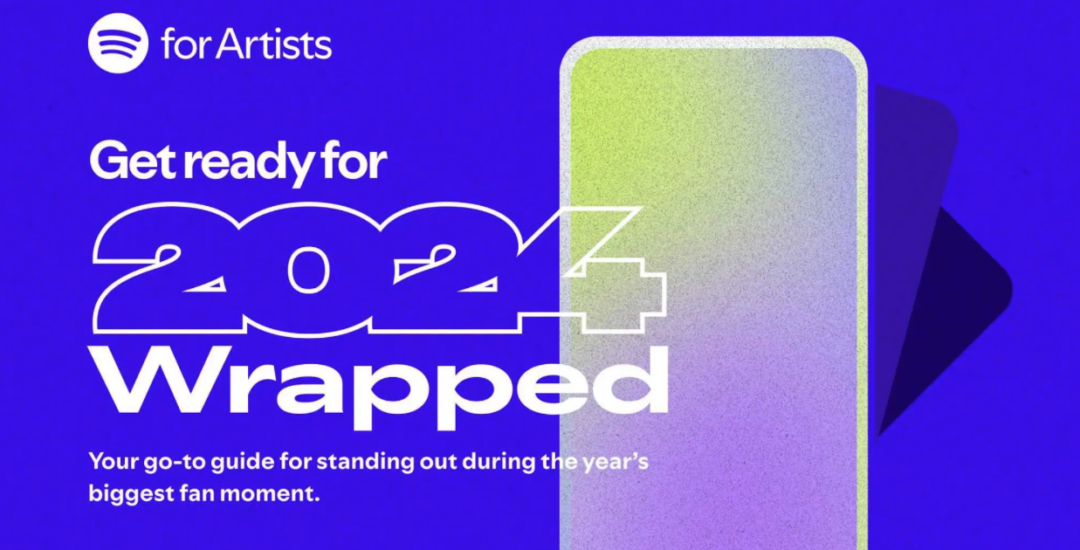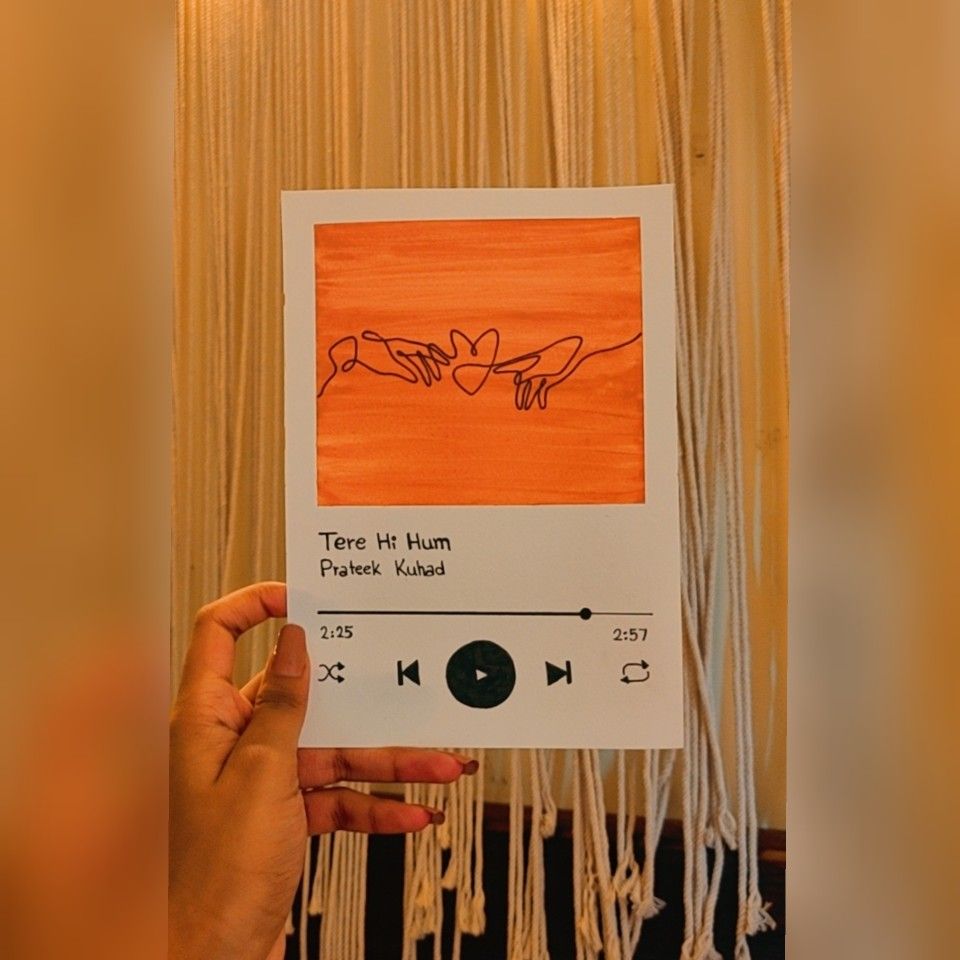Artificial intelligence has been stealthily weaving its way into the foundations of the music industry for years. By 2025, it will be far more than a curiosity or something that only major labels can afford to experiment with. AI will likely be powering everything from the way artists record demos in their bedrooms to how fans interact with the music they love on streaming platforms, social networks, and even within live venues. It is impossible to ignore the pace at which algorithms and machine learning models are becoming part of everyday life, and music has been one of the prime beneficiaries of these technological breakthroughs.
In this piece, we will explore ten possible ways AI could shape the music world by 2025. The predictions are based on the current trajectory of technological advancements, the realities of how streaming revenues have been evolving, and the shifting dynamics between artists and fans. We will also acknowledge the role socio-political factors play in shaping the music sphere, especially as more scrutiny is placed on how machine learning is used, both ethically and creatively. There is much to celebrate in AI’s ability to democratise aspects of music creation and consumption, yet caution is required to ensure that these leaps forward do not leave independent artists behind.
While some might imagine that artificial intelligence is set to replace musicians or homogenise creative expression, that dystopian fear seems overly simplistic. At its best, AI is a tool, and like all tools, it can be applied responsibly or misapplied disastrously.
This blog will walk the line between optimism about the future and the acknowledgment that complex challenges lie ahead. Here are ten possible developments we could see by 2025 – each one capable of bringing new energy to music while simultaneously sparking crucial debates about intellectual property, fair pay, and the quality of human experiences.
-
AI-Powered Songwriting Tools
At the moment, AI-driven platforms can generate chord progressions, melodies, and lyrics in the blink of an eye. By 2025, these systems will have become more accessible, with user-friendly interfaces allowing anyone – from seasoned composers to complete newcomers – to brainstorm ideas instantly. Smaller bands and solo artists, often strapped for resources, may find these tools especially beneficial for expanding their repertoire without needing to hire large production teams.
However, as AI-assisted songwriting grows more refined, we can expect ongoing debates regarding authenticity. Purists might argue that relying on algorithms for creative breakthroughs dilutes the human touch, while others embrace the technology as a collaborative partner that never tires or runs out of ideas. The question of intellectual property may also become more complicated. If an AI suggests a chord sequence or lyric line, who truly owns that idea, and how will royalties be split?
In 2025, these questions might trigger more robust frameworks for co-writing credits involving AI. That said, it is important to remember that the spark behind a song can come from many sources. Artists who use AI responsibly will likely be those who see it as an extension of their creative minds, rather than a shortcut to bypass the real work of emotion-driven songwriting.
-
Personalised Listening Experiences
Algorithms already define which tracks appear on our daily playlists, but by 2025, personalisation features will probably become more dynamic, context-aware, and granular. Imagine opening your favourite music app and being recommended not only new releases that match your sonic preferences, but also tracks that reflect your current emotional state. If you tend to listen to certain genres when it’s raining outside, AI might automatically adjust your recommendations based on weather patterns or time of day.
Additionally, more advanced data collection could allow platforms to glean knowledge about your social environment. Going for a drive with friends? AI might offer a collaborative playlist tailored to suit everyone’s tastes, creating harmony instead of arguments about which genre to queue. For artists, this hyper-personalised environment may level the playing field. Niche musicians who previously struggled to reach their core audience could find themselves spotlighted on playlists curated for targeted listeners worldwide.
Still, the nuances of personal data usage will raise legitimate ethical concerns. Fans might wonder how their behavioural data is being stored and used, whether by record labels, streaming services, or tech companies. For these personalisation systems to gain trust, total transparency regarding data usage will become essential, with heightened scrutiny from regulators and consumer protection organisations.
-
AI-Driven Marketing and Promotion
Digital marketing is hardly new, but the growth of AI stands to supercharge how labels and independent artists reach their audiences by 2025. Machine learning could substantially reduce the guesswork behind campaign planning. Instead of spending time and money on broad-stroke adverts, artists might use AI-driven insights to pinpoint exactly which segment of their audience is most responsive to a specific track.
Furthermore, AI-based algorithms may be able to automate scheduling for social media postings or create dynamic content that changes based on real-time engagement metrics. These refinements could free up creative minds to focus on making music and planning performances, rather than juggling marketing complexities. But just as we see with personalised recommendations, privacy and transparency will be major talking points. Over-reliance on data analytics could leave listeners feeling over-targeted, especially if the marketing messages become repetitive and invasive.
For smaller artists, AI-led marketing can be an invaluable edge, bridging the gap with major-label budgets by identifying precise pockets of potential fans. Nonetheless, a balanced approach is crucial; music is an emotional medium that thrives on genuine connection, so letting AI overshadow human-to-human interaction might make promotions seem forced. The best campaigns will likely combine technological precision with real passion, ensuring that fans keep their eyes on new releases without feeling as though they are being monitored by an impersonal system.
-
Data-Driven A&R
Artist and repertoire (A&R) teams have always had the delicate job of finding the next big sound. Traditionally, this involved a fair bit of in-person gig attendance, not to mention wading through countless demo tapes. By 2025, we can expect a continued increase in data-driven A&R strategies. Instead of just scouting local scenes or waiting for submissions, record labels and independent outfits could rely on machine learning to sift through trillions of online data points, from streaming analytics to social media trends.
The promise is that algorithms will help identify undiscovered talent, picking up on early indicators like a sudden spike in local popularity or positive fan sentiment across multiple platforms. This has the potential to create more equitable opportunities, because gifted DIY artists will have as much chance of appearing on an A&R radar as someone with high-profile industry connections.
Yet over-reliance on automated processes could lead to homogeneity in the music that ultimately gets picked up. If labels focus purely on the data for immediate financial wins, we risk overshadowing more experimental or genre-defying acts that might not have the initial streaming numbers. A balanced approach would involve data analytics for preliminary discovery, coupled with traditional industry instincts and a willingness to champion artistically bold projects. In 2025, the music scene will likely be shaped by that fine interplay of numbers and nuanced human judgement.
-
Ethical AI Implementation
The rise of AI in music creation and promotion brings with it many ethical concerns. These range from data privacy to fair compensation. As more artists rely on AI for creative input or back-end tasks, labour-related issues may surface: are engineers, producers, or studio musicians going to be replaced if AI can replicate their roles cheaply? Or will these professionals be able to pivot and find new revenue streams by learning to guide and refine AI output?
Meanwhile, the socio-political climate around AI ethics is bound to intensify. Governments, NGOs, and activist groups may demand stricter regulations and guidelines, ensuring that AI does not perpetuate bias or infringe on human rights. For instance, if an AI system inadvertently privileges male vocalists over female ones due to the data sets it was trained on, that would be ethically problematic and could result in reputational damage for the platforms involved.
In 2025, the conversation around AI in the music space should be far more nuanced, focusing on the importance of human oversight, transparent data usage, and fairness in how these technologies are deployed. The industry will have to find ways to harness AI’s potential while also preserving the integrity of artistic careers and the cultural diversity of the music that makes it to our playlists.
-
Interactive Live Music Experiences
Live music will always hold a special place for listeners. By 2025, AI could play an integral role in making gigs and festivals more interactive. We are already seeing experiments where artists use real-time data on audience reactions to adjust setlists on the fly. In the future, more sophisticated algorithms could gauge emotional states by monitoring social media check-ins, wearable devices, or crowd cameras, allowing bands and DJs to shift styles or tempo to maintain energy in the room.
It is not just on the artist’s end either. Fans may soon have personal AI-enabled devices or apps that can request certain tracks, manage sound settings or stage visuals, and coordinate special live moments. This kind of interactive approach could help transform concerts into collaborative events, where each performance is distinct and shaped by the collective input of the crowd.
Yet such developments are not without their controversies. Privacy risks are ever-present, as facial recognition or emotional AI might cross the line into intrusive surveillance. Balancing these potential privacy violations with the desire to use data for creative expression will be an important conversation for promoters and artists alike. If done thoughtfully, live shows might become even more immersive, emphasising spontaneity and forging a stronger bond between performers and audiences.
-
VR, AR, and AI Collaborations
Virtual reality (VR) and augmented reality (AR) have already made small waves in the music industry, most noticeably through immersive music videos or virtual festival experiences. By 2025, these digital realms might be seamlessly coupled with AI to allow listeners to step into entire worlds that blend musical performance with digital artistry. Imagine being able to watch your favourite band from your living room through a VR headset, while AI algorithms personalise the visual environment based on your preferences.
AR could enhance in-person concerts too. Picture attending a venue where you can point your phone at the stage to see dynamic overlays, from real-time lyric translations to 3D illusions synchronised with each guitar riff. Artists might even create entire AR-driven storylines to accompany a gig. As with other technologies, these developments could bring new possibilities for independent musicians who want to produce spellbinding shows without the overheads of large crews and expensive sets.
However, there is a risk that such high-tech experiences might turn physical concerts into hyper-commercialised spectacles, overshadowing the raw authenticity of live music. The trick will be in blending these digital layers with the real-world energy that fans crave when they spend money on a live ticket. Ideally, VR and AR become additional channels for creativity, rather than gimmicks that distract from the connection between performer and attendee.
-
A Greater Global Collaboration Network
AI is set to make international collaboration smoother and more intuitive than ever before. Already, cloud-based platforms allow band members to jam virtually, even if they are on opposite sides of the globe. By 2025, advanced machine learning tools could automatically synchronise latency issues, translate lyrics in real time, or even suggest cross-cultural musical ideas based on data from global hits.
For unsigned artists, this can be a huge boon. No longer would a musician in Nigeria struggle to collaborate with a producer in Japan simply because of differences in language, time zones, or style. By uniting artists under shared technological platforms, AI might spark a wave of cross-pollination, birthing new genres or hybrids that we cannot yet imagine. The result could be a more diverse music scene, shaped by the synergy of different cultural influences.
That being said, one potential drawback is that an overreliance on AI-driven collaborative tools might dilute regional quirks or distinctive cultural touches. If an algorithm suggests the same optimum chord progressions to everyone, we risk ending up with a standardised global sound. Balancing the strengths of wide-scale collaboration with the need to preserve originality will be a central concern. The best collaborations often come from a meeting of minds that has a healthy respect for cultural differences rather than a bland merging of styles.
-
AI as a Conduit for Social Change
Music has always had a political edge. Whether it was protest folk in the 1960s or grime artists highlighting social issues on UK streets, songs can be a powerful vehicle for debate and reflection. By 2025, AI might magnify this, helping activists and socially conscious artists spread their messages further and faster.
If you are an artist writing protest songs, machine learning could help you identify the regions or demographic groups most in tune with your cause, giving you more leverage when coordinating campaigns or fundraising. Social media targeting, combined with streaming analytics, might help movements gain momentum at a pace unimaginable a decade ago. That said, this same technology could also be used for less admirable ends – for instance, spreading misinformation or extremist rhetoric.
In the broader socio-political context, there may be increased scrutiny of how these technologies are used to sway public opinion. Balancing freedom of speech with the prevention of harmful content could place major pressure on both platform owners and governments. If used ethically and with full transparency, AI can amplify positive change. However, the line between activism and manipulation might become razor-thin as more advanced data profiling tools emerge.
-
Growth of Community-Centric Platforms
By 2025, many fans may be exhausted by endless scrolling on commercialised platforms that only show them mainstream content. We could see a resurgence of community-driven music spaces, where AI is integrated to facilitate discovery and interaction, rather than just pushing algorithmic recommendations. These community-centric hubs might prioritise meaningful engagement, encouraging deeper dives into a performer’s story, style, and ethos.
On such platforms, fans would have more agency. Instead of passively receiving playlists, they could collaborate in real time, curating communal playlists or voting on which underground acts deserve the spotlight. AI would then simply mediate the process, ensuring everyone’s preferences are balanced fairly. If such spaces thrive, it could pave the way for fairer revenue-sharing models, with funds directed transparently to musicians and music-related charities.
The socio-political dimension of these community platforms should not be overlooked. Artists who make music that aligns with certain causes, be they environmental or social justice-oriented, may find it easier to rally supporters. The challenge is creating an environment where such activism does not descend into echo chambers or commercial exploitation. While there is no single perfect solution, the desire for more autonomy among fans and artists is clear, and AI could be the catalyst that helps community-based models gain momentum.
Conclusion
As we look ahead to 2025, it is evident that AI will not just be a footnote in the music industry’s ongoing story. It has the potential to influence nearly every aspect of music creation, distribution, and consumption. From AI-driven songwriting tools and personalisation engines to interactive live experiences and the possibility of forging stronger global networks, the music world may become more vibrant, connected, and responsive than ever before.
At the same time, it would be naïve to imagine that these technologies will bring only positive outcomes. The socio-political context of AI raises urgent questions about bias, data privacy, and the future of artistic integrity. As these automated systems become more powerful, the debate will shift from “Can AI do that?” to “Should AI do that?” The finer details of ethical deployment will matter, especially as the industry grapples with fair compensation for artists, robust intellectual property frameworks, and the potential intrusion into personal data.
In short, 2025 might be the year in which AI’s role in music crosses a critical threshold – no longer something confined to futuristic labs, but a firmly embedded element of day-to-day musical life.
Whether you are a fan looking for the next track that matches your mood, an indie artist seeking to break through geographic barriers, or a major label executive tasked with scaling AI-driven marketing campaigns, the influence will be keenly felt.
Ultimately, the trajectory of AI in music will be determined not by cold code alone, but by the choices we make as an industry and as a society. Balancing creativity, ethical considerations, and the quest for ever-deeper listener engagement will be the difference between a fruitful AI-powered era and one in which machines merely contribute to monotony. It is up to us to harness these tools wisely, ensuring that human emotion and expression remain at the core of every song that resonates in our headphones and across live stages.
Article by Amelia Vandergast

